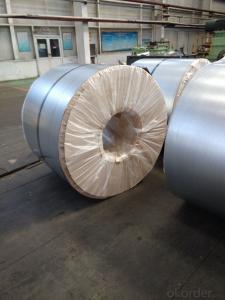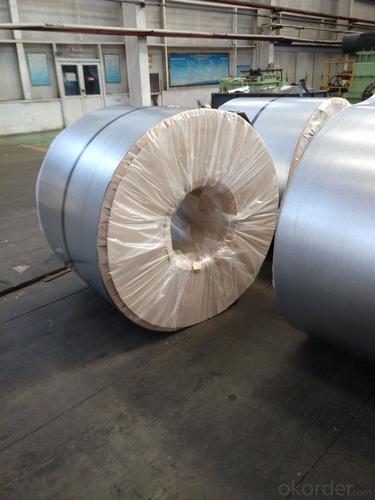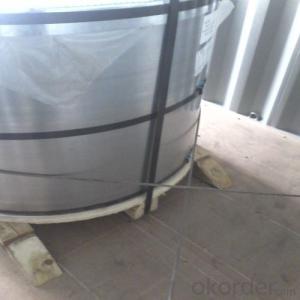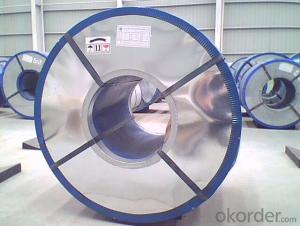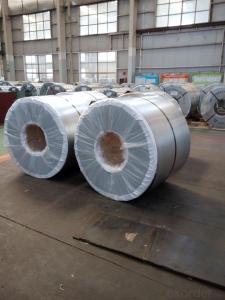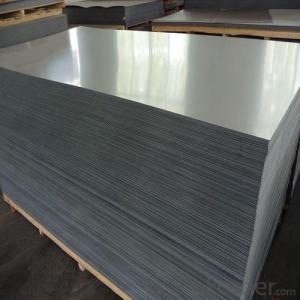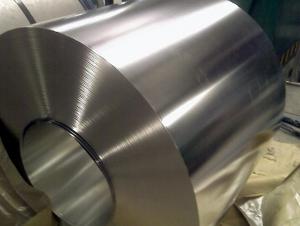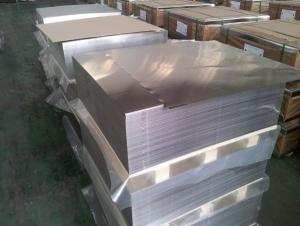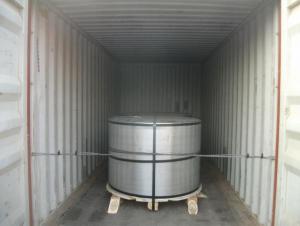Electrolytic Tinplate for Useage of Food Package
- Loading Port:
- Tianjin
- Payment Terms:
- TT OR LC
- Min Order Qty:
- 50 m.t.
- Supply Capability:
- 30000 m.t./month
OKorder Service Pledge
OKorder Financial Service
You Might Also Like
Specification
1.Structure of Electrolytic Tinplate for Useage of Food Package Description
Tin plate is a thin steel sheet coated by tin. The thin steel sheet on which tin coating is done is known as black plate. Tin has several properties which make it suitable for use as a coating on steel. It has a good resistance to corrosion in a wide range of environments and in particular retains its appearance and surface properties extremely well in indoor atmosphere. It is easily soldered and the good corrosion resistance ensures effective retention of solderability. It is safe in contact with foods, neither producing risks to health nor impairing flavours. The softness of the metal, although disadvantageous for some uses of coatings, has merit for others, facilitating cold working, giving easy running threads on fasteners and helping to seal joints. Tin coatings are applied either by hot dipping or electrolytically coated. Both processes produce coatings which have characteristics of their own. Hot dip tin coating has advantages in being metallurgically bonded to base steel and of producing a smooth bright surface. Electrolytically coating is able to produce a uniform coating of controlled thickness. With electrolytically coating steel sheet can be differentially coated. In such coating heavy side coating is usually marked.
2.Main Features of the Electrolytic Tinplate for Useage of Food Package
Appearance – Tinplate is characterized by its beautiful metallic luster. Products with various kinds of surface roughness are produced by selecting the surface finish of the substrate steel sheet.
Paintability and printability – Tinplates have excellent paintability and printability. Printing is beautifully finished using various lacquers and inks.
Formability and strength – Tinplates have got very good formability and strength. By selecting a proper temper grade, appropriate formability is obtained for different applications as well as the required strength after forming.
Corrosion resistance – Tinplate has got good corrosion resistance. By selecting a proper coating weight, appropriate corrosion resistance is obtained against container contents. Coated items should meet 24 hour 5 % salt spray requirement.
Solderability and weldability – Tinplates can be joined both by soldering or welding. These properties of tinplate are used for making various types of cans.
Hygienic – Tin coating provides good and non toxic barrier properties to protect food products from impurities, bacteria, moisture, light and odours.
Safe – Tinplate being low weight and high strength makes food cans easy to ship and transport.
Eco friendly – Tinplate offers 100 % recyclability.
Tin is not good for low temperature applications since it changes structure and loses adhesion when exposed to temperatures below – 40 deg C.
3.Electrolytic Tinplate for Useage of Food Package Images
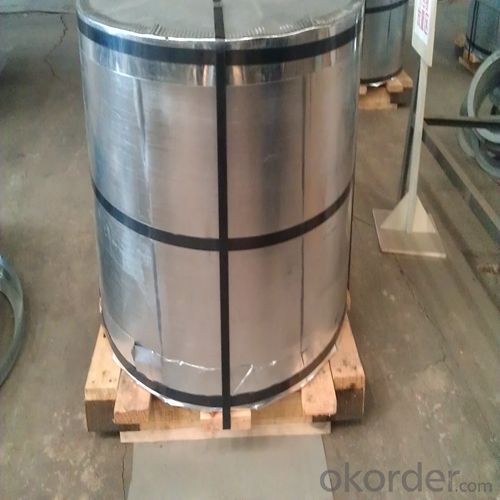
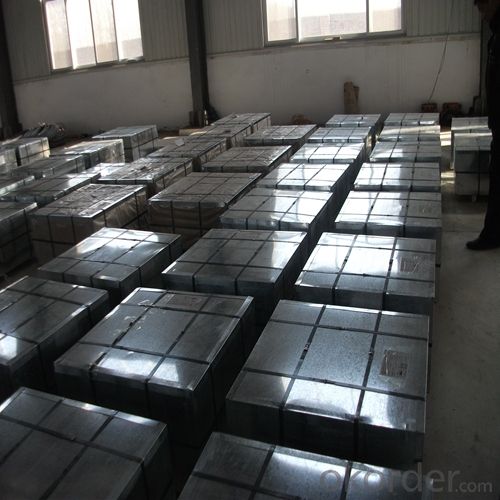
4.Electrolytic Tinplate for Useage of Food Package Specification
Specification of :
Standard: ISO 11949 -1995, GB/T2520-2000,JIS G3303,ASTM A623, BS EN 10202
Material: MR,SPCC
Thickness:0.15mm - 0.50mm
Width: 600mm -1150mm
Temper: T1-T5
Annealing: BA & CA
Coil Inner Diameter: 508mm
Weight: 6-10 tons/coil 1~1.7 tons/sheets bundle
Passivation:311
Oil: DOS
Surface: Finish,bright,stone,matte,silver
5.FAQ of Electrolytic Tinplate for Useage of Food Package
- What is tinning and how does it work?
Tinning is the process of thinly coating sheets of wrought iron or steel with tin, and the resulting product is known as tinplate. It is most often used to prevent rust.
- Do you only have prime quality tinplate?
We can supply both prime and second quality tinplate.
- Q: How does tinplate contribute to the safety and integrity of packaged products?
- Tinplate contributes to the safety and integrity of packaged products through its excellent protective properties. The tin coating on the steel substrate acts as a barrier, preventing direct contact between the packaged product and the metal surface. This barrier helps to prevent corrosion, oxidation, and contamination of the product. Additionally, tinplate offers high strength and durability, ensuring that the package remains intact during handling and transportation, thereby safeguarding the contents from potential damage or spoilage.
- Q: What are the common misconceptions about tinplate packaging?
- One common misconception about tinplate packaging is that it is not environmentally friendly. While tinplate is made from steel, which is a finite resource, it is highly recyclable and can be reused multiple times without losing its quality. Additionally, tinplate packaging has a long shelf life, reducing the need for frequent replacement. Another misconception is that tinplate packaging is easily damaged or dented. However, modern manufacturing techniques have made tinplate packaging highly durable and resistant to external pressures, ensuring the protection of the products inside.
- Q: What are the properties of tinplate?
- Tinplate is a type of steel that is coated with a thin layer of tin, which imparts several key properties. It is highly corrosion-resistant, making it suitable for packaging food and beverages. Tinplate also has excellent heat resistance, making it ideal for products that need to withstand high temperatures during processing or cooking. Additionally, it has good formability, allowing it to be easily shaped and molded into various sizes and designs.
- Q: What are the different thickness options for tinplate?
- The different thickness options for tinplate typically range from 0.13mm to 0.49mm, with various options in between.
- Q: Can tinplate be used for signage?
- Yes, tinplate can be used for signage. It is a versatile material that can be easily shaped and printed on, making it suitable for various signage purposes.
- Q: What is tinplate?
- Tinplate refers to thin sheets of steel that have been coated with a layer of tin. It is primarily used in the packaging industry for manufacturing cans and containers due to its corrosion resistance and ability to preserve the quality of food and beverages.
- Q: How does tinplate perform in terms of oxygen barrier properties?
- Tinplate has excellent oxygen barrier properties, making it an effective material for packaging applications.
- Q: How does tinplate perform in terms of fire resistance?
- Tinplate has poor fire resistance properties due to its high heat conductivity, which means it can quickly transfer heat and ignite surrounding materials.
- Q: Can tinplate packaging be used for frozen or refrigerated goods?
- Yes, tinplate packaging can be used for frozen or refrigerated goods. Tinplate is a durable and corrosion-resistant material that can withstand low temperatures without compromising the quality and safety of the packaged items. It provides a protective barrier against moisture, light, and oxygen, ensuring the preservation of frozen or refrigerated goods.
- Q: The composition of tinplate?
- The name "tinplate" is not exact. Therefore, in 1973, when the Chinese tin plate meeting was called "tinplate", the official document no longer used the name "tinplate".
Send your message to us
Electrolytic Tinplate for Useage of Food Package
- Loading Port:
- Tianjin
- Payment Terms:
- TT OR LC
- Min Order Qty:
- 50 m.t.
- Supply Capability:
- 30000 m.t./month
OKorder Service Pledge
OKorder Financial Service
Similar products
Hot products
Hot Searches
Related keywords
